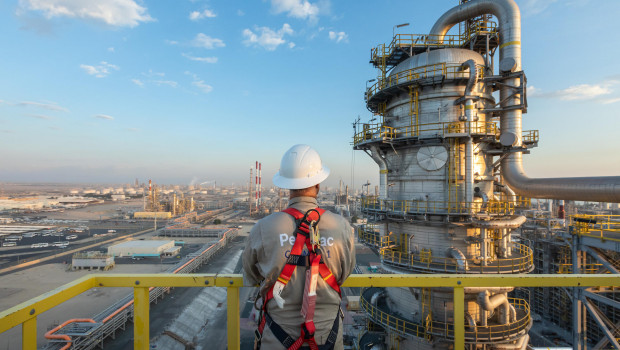Reprieve to oil price rally on horizon - IEA

The International Energy Agency has predicted soaring oil prices could start to ease as the US ramps up production.
In its latest Oil Market Report, published on Tuesday, the Paris-based body acknowledged that Brent and West Texas Intermediate had hit fresh highs of $86 per barrel and $84 respectively after a "hefty" inventory decline in September.
Prices have fallen since then, but only marginally. As at 1230 GMT on Tuesday, Brent was trading around $83 and WTI $81. Both were trading around $50 a barrel at the start of the year.
Surging demand, as economies worldwide reopen following the worst of the pandemic, and Hurricane Ida curtailing production in the Gulf of Mexico have contributed to much of the rally. Oil cartel Opec and its allies have also so far declined to significantly up supplies.
However, the IEA said: "The world oil market remains tight by all measures, but a reprieve for from the price rally could be on the horizon.
"Preliminary data and satellite observation of stock changes in October suggest the tide might be turning.
"Global oil production is already rising. In October, oil supplies leapt by 1.4m barrels per day to 97.7m b/d, with the US post-hurricane recovery accounting for half the increase. A further boost of 1.5m b/d is expected over November and December, even as Opec+ disregarded pleas from major consumers to ramp up beyond a monthly allocated 400,ooo b/d to cool prices."
It continued: "The US is now poised to provide the largest increase in supply of any individual country. We have raised our forecast for the US by 300,000 b/d for the fourth quarter, and 200,000 b/d on average in 2022, as current prices provide a strong incentive to boost activity."
The IEA acknowledged that global oil demand was strengthening thanks to "robust" gasoline consumption and a resumption in international travel as borders reopened.
But offsetting that, it argued, were rising Covid cases in Europe, weaker industrial activity and the still-record high oil price.
The IEA has therefore left its forecasts for demand unchanged, at 5.5m b/d for 2021 and 3.4m b/d in 2022.